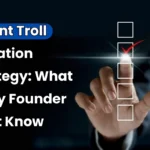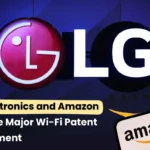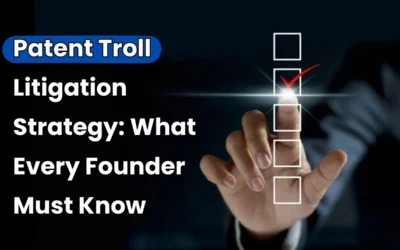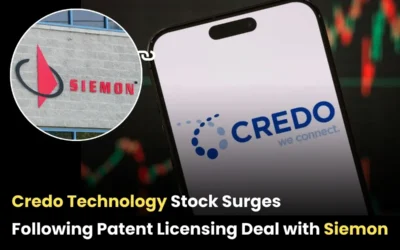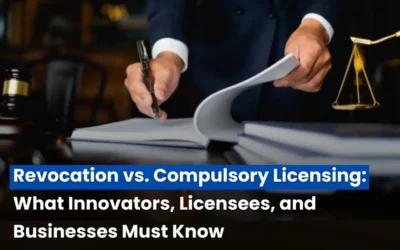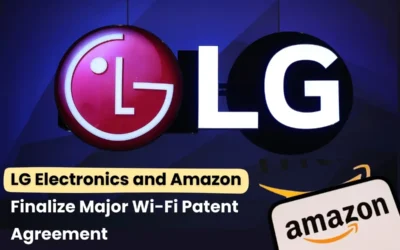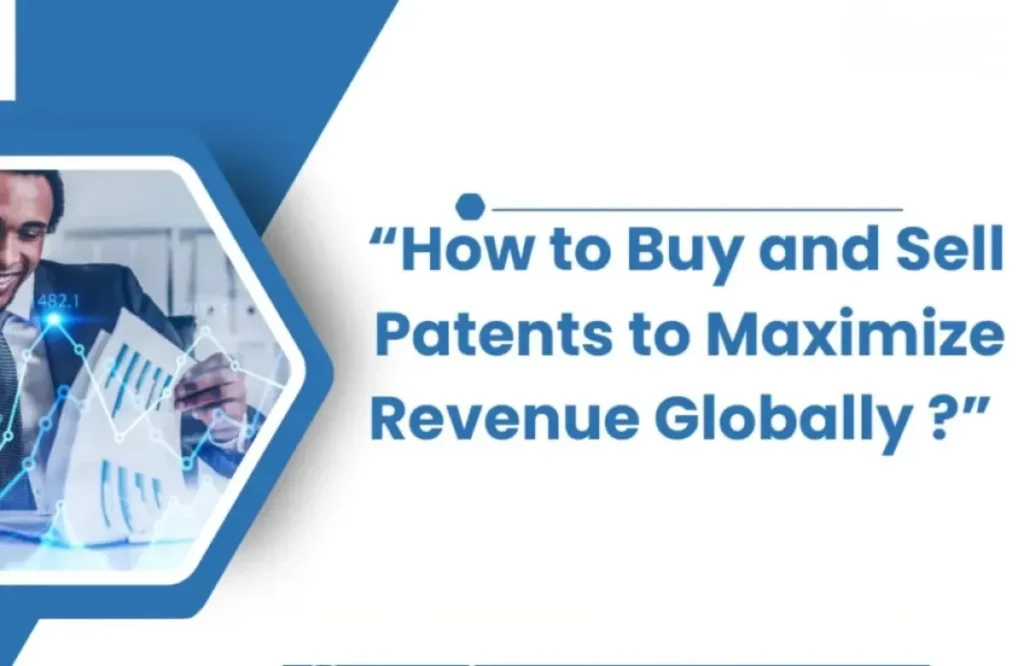
An intellectual property system may form the most crucial asset of patents in gaining a huge income flow. It is because it increases the demand for innovation in technological methods and other niche solutions of different industries, wherein Buy and Sell Patents as a business strategy becomes trendy. It would provide detailed insights into acquiring optimum global revenues in buying and patent selling using strategic tips, critical considerations.
What are patents, and why are they so valuable?
A patent is a typology of intellectual property providing the owner exclusive rights over a given invention, process, or design. Only up to a limited time does the law give protection accorded, say for instance up to 20 years from the filing of an application for it. Value in patents, therefore, lies in presenting an opportunity wherein an inventor, or an assignee, would be able to commercialize a work or permit others to have a license so that they will be able to gain financially.
Patents are very important in today’s technology, pharmaceutical, manufacturing, and consumer product fast-moving global economy. When properly and professionally sold, patents can provide a steady stream of income from licensing agreements, sales, or partners. Learn how to buy and sell patents for the best and greatest global revenue.
Read Also: The Rise of Indian Startups Using Patent Monetization to Attract Investors
What Are The Fundamentals Of Patent Sales And Purchase
It is important that the mechanisms involved in the process be understood right before the purchase and sale of patents.
Acquisition of a Patent through Purchase
Patent buying is the purchase of the rights to an invention or newly created thing. You may create new products with a purchased patent, license it out to other companies, or sell it again for profit. The most significant advantage of patent buying is that you would obtain hold of technology or intellectual property that already has demand.
1. Patent Sale
The rights ownership is transferred to another party by selling a patent. The payment received by you from the buyer is for rights, and you cannot utilize or license it anymore after its sale. You could get the benefit of that technology as a one-time cash chance, although such a strategic step may come across if this particular technology no longer aligns with your current business objectives.
2. Licensing Patents
Another strategy to make the most out of patents is through licensing. Here, you grant another party the right to use your patent, on which you will be paid royalties and fees or both. And unlike selling a patent, you get to retain ownership while generating income for a long time period.
How to Buy Patents to Maximize Revenue?
The profit source can be very high if one buys the right patents with long-term value. Here is a step-by-step guide on how to buy patents for maximum profitability:
1. Conduct Market Research
Market research on the in-demand industries and technologies to be bought is important before making the purchase of patents. The specificity should focus more on emerging trends or sectors that show some form of potential growth. Among the most valuable patents are those in the following areas:
- Artificial Intelligence
- Renewable energy and sustainable technologies
- Healthcare and medical devices
- Fintech and blockchain innovations
- Autonomous vehicles
Being aware of your market demand will make it easy for you to pick which patents can possibly be returned highly.
2. Evaluate Patent Quality
Not all patents are the same. To get a maximum return, you must analyze the patent that you will buy. Keep an eye out for the following considerations:
- Patent strength: This is whether the patent is valid and can be enforced. You can run an FTO analysis to make sure the patent does not infringe any other patents that already exist.
- Patent scope: The larger the scope of a patent, the more valuable it is. The better a patent covers technologies or processes, the higher the likelihood that it will be licensed and most likely monetized.
- Commercialization potential: Seek patents that have a clear and tangible potential for commercialization. Determine if the technology can be used in several industries or products because this raises its value.
- Buy Patents from Reputable Companies: Patents can be purchased at patent broker-dealers, patent trading sites, as well as buying them directly from the owner or owners.
- Patent Auction Site: Using platforms offered by sites known as IAM Market and Patent Auction, where one can buy patents.
- Patent Brokers: Patent brokers connect buyers with sellers. They usually charge a commission, but they may lead you to better patents.
Direct Negotiation: You may contact the patent owners for a sale or license agreement.
Read Also: Patent Monetization Over the Last 5 Years: Role of AI in Transforming Patent Value
3. Know the Cost and Legalities
The cost of patent purchasing is too high, especially for those established or dealing with high-demand technologies. Understand the cost of purchasing a patent: patent maintenance fees, legal fees, and the cost of due diligence.
Engage a qualified intellectual property rights (IPR) attorney to ensure your legal status of the patent is solid and assist in the transaction process.
4. How to Sell Patents for Maximum Revenue
It is a very effective way to liquidate patents, but they require the appropriate strategy to sell at the best price. This is how one can sell patents and maximize your returns:
5. Determine the Right Time to Sell
The sale of patents is a time-sensitive task. A few would sell patents at an early stage for some money in exchange. Others wait for their return and continue reaping the proceeds by licensing it out or partnering. Sell patent when:
- When the market demand for patented technology has picked up
- Do not want to commercially exploit
- In dire need of money.
- Savings expenses for holding a patent
Read Also: Navigating Patent Acquisition: Essential Factors for Success
How Can You Create A Strong Patent Marketing Strategy?
You need to market it first before selling the patent. Here’s how to do it:
- Comprehensive patent portfolio preparation: This is a preparation to show the value and potential of your patent, including commercialization. Technical information, market opportunities, and cost-benefit analysis are also considered in this case.
- Reach the right set of buyers: Find companies or entities that may have an application for your patented technology. Such companies could belong to an innovation-intensive industry: tech companies, producers, or research institutions.
- Get a patent broker or patent auction websites: It is another possible avenue from which you will obtain more clients quickly. Again, there might also be further benefits by allowing brokerage, enabling an excellent resale deal to acquire.
- Negotiate Best Terms: Ensure that while selling a patent, you are getting the best deals out there for favorable terms.
There are considerations related to:
- Price: The price you sell your patent at is based on the demand for the technology and its possible commercial viability.
- Payment structure: Payment can be either a lump sum or installments, royalties, etc.
- Confidentiality: You must keep the information about the patent confidential, especially when selling it to third parties.
- Licensing Patents for Ongoing Revenue: You earn perpetual revenue without losing ownership of your patents by licensing them. This is a good alternative in case you want to sell the patent without selling the ownership. Here’s how you can maximize your licensing revenue:
How To Select an Appropriate Licensing Model
A licensing agreement is structured in more than one way. Common models include:
- Exclusive License: The licensee acquires exclusive rights to use the patent, which is often available for a limited time and geographic region. Such an option normally comes with a higher royalty rate but limits your capacity to license the patent to other parties.
- Non-exclusive License: The license grants the licensee the permission to use the patent, and you can also distribute it. Typically, this type of model results in giving you an extended market with relatively smaller rates.
- Sublicensing: This feature allows you to pass sublicenses to other corporations. You get your money back in this transaction, but be prudent enough to administer your contracts wisely.
Be sure to be as detailed as possible in your patent licensing agreement. Some illustrations of what to include in the agreement are:
- Whether the license issued is exclusive or non-exclusive
- Royalty amount or rate, including even a single payment
- Time and location of territorial restrictions
- Terms on keeping the patent and responsibility
- Requirements for the licensee in terms of reporting utilization and sales
Conclusion
Buying and selling patents and licensing them provides high potential for producing revenue across the world. You will achieve your maximum returns after researching widely, evaluating the patents’ quality, and knowing how patent transactions operate legally. It will be able to come up with a more lucrative business model by acquiring very valuable patents as well as getting deals that will be efficient in exploiting the worldwide market for innovations.
